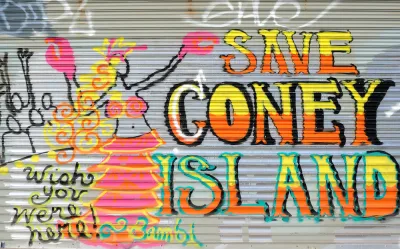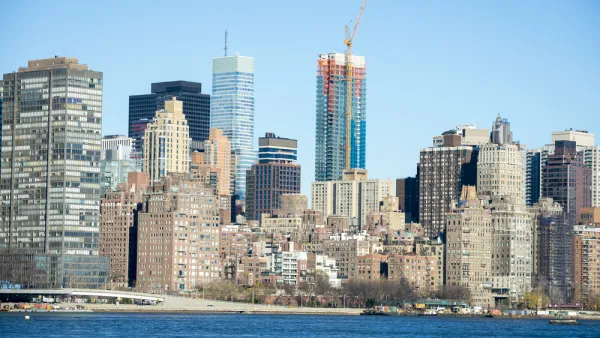The Guardian’s new "Gentrified World" series tackles a fundamental—but tricky—question: How can we measure gentrification?

Cities must be able to understand and measure gentrification in order to prevent displacement, impoverishment, and resegregation, writer Douglas Murphy argues in The Guardian. Rising housing costs are a beginning, but they're not a reliable indicator on their own. In a new Guardian series, "Gentrified World," Murphy surveys an array of variables researchers have identified to pin down gentrification.
Work from NYU, the Voorhees Center, UC Berkeley and UCLA's Urban Displacement Project, and elsewhere has suggested that proximity to transit stops, types of housing, education levels, and population density, as well as cultural phenomena like the presence of coffee shops, are all indicators of gentrification in progress.
But like other social and economic processes, while gentrification happens around the world, it often takes on locally or regionally specific dimensions.
For example, the particular character of American inequality means that race is frequently considered to be a major factor. The late 20th century saw the white middle classes largely abandoning the inner cities, and an increase of white residents is now taken to be a sure sign of gentrification. But this metric can’t apply in less politically segregated contexts.
Ultimately, Murphy posits that the same indicators, however varied, likely can't be applied uniformly everywhere:
The wide variety of research shows that a single, universal measurement of gentrification is probably impossible, with all the fraught political and cultural considerations at work.
Find a more detailed accounting of the various types of evidence—including public perception and the "I know it when I see it" factor—and the importance of data communication in the piece.
FULL STORY: Crime stats or coffee shops? How to spot the world's most gentrified cities

Analysis: Cybertruck Fatality Rate Far Exceeds That of Ford Pinto
The Tesla Cybertruck was recalled seven times last year.

National Parks Layoffs Will Cause Communities to Lose Billions
Thousands of essential park workers were laid off this week, just before the busy spring break season.

Retro-silient?: America’s First “Eco-burb,” The Woodlands Turns 50
A master-planned community north of Houston offers lessons on green infrastructure and resilient design, but falls short of its founder’s lofty affordability and walkability goals.

Test News Post 1
This is a summary

Analysis: Cybertruck Fatality Rate Far Exceeds That of Ford Pinto
The Tesla Cybertruck was recalled seven times last year.

Test News Headline 46
Test for the image on the front page.
Urban Design for Planners 1: Software Tools
This six-course series explores essential urban design concepts using open source software and equips planners with the tools they need to participate fully in the urban design process.
Planning for Universal Design
Learn the tools for implementing Universal Design in planning regulations.
EMC Planning Group, Inc.
Planetizen
Planetizen
Mpact (formerly Rail~Volution)
Great Falls Development Authority, Inc.
HUDs Office of Policy Development and Research
NYU Wagner Graduate School of Public Service




























